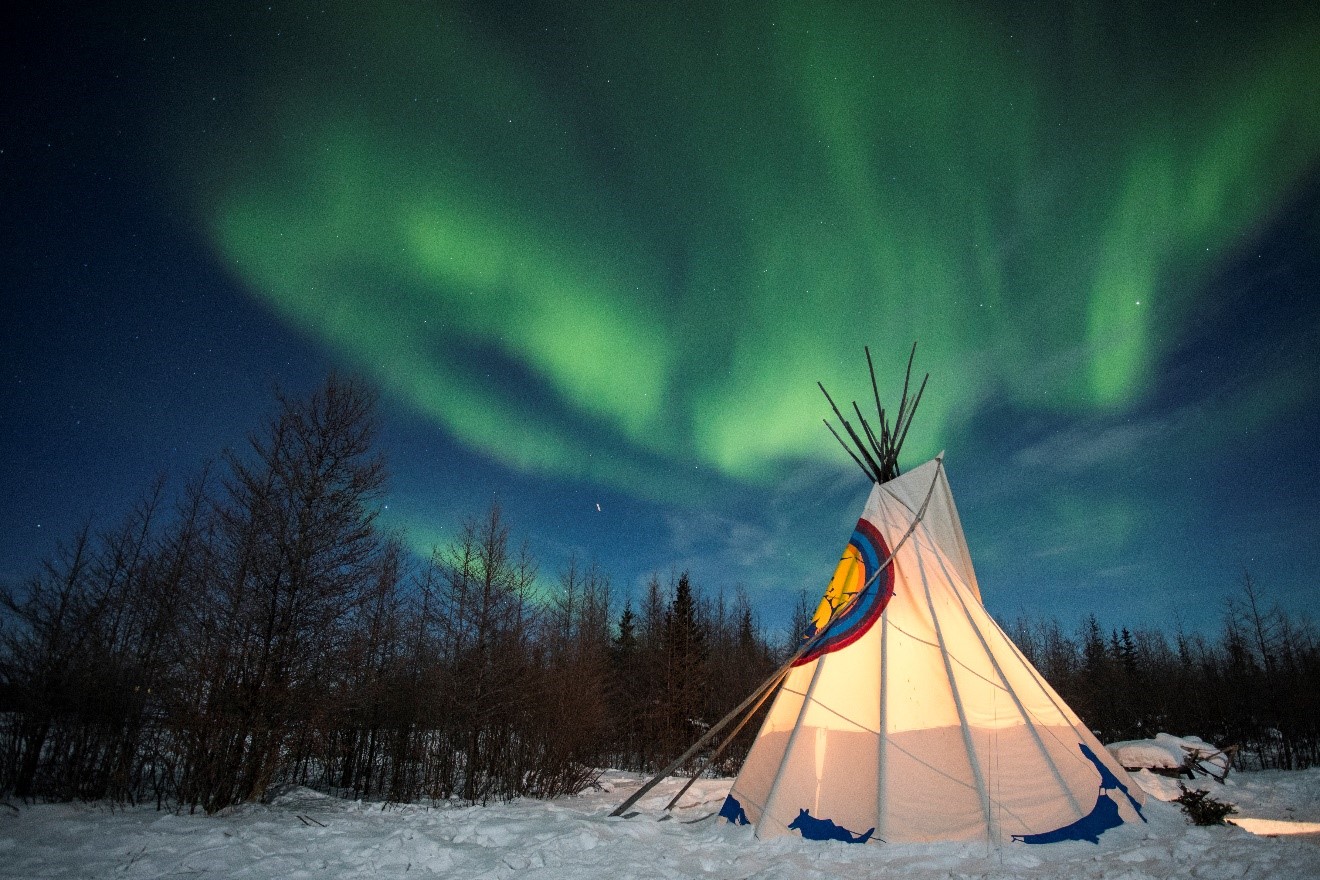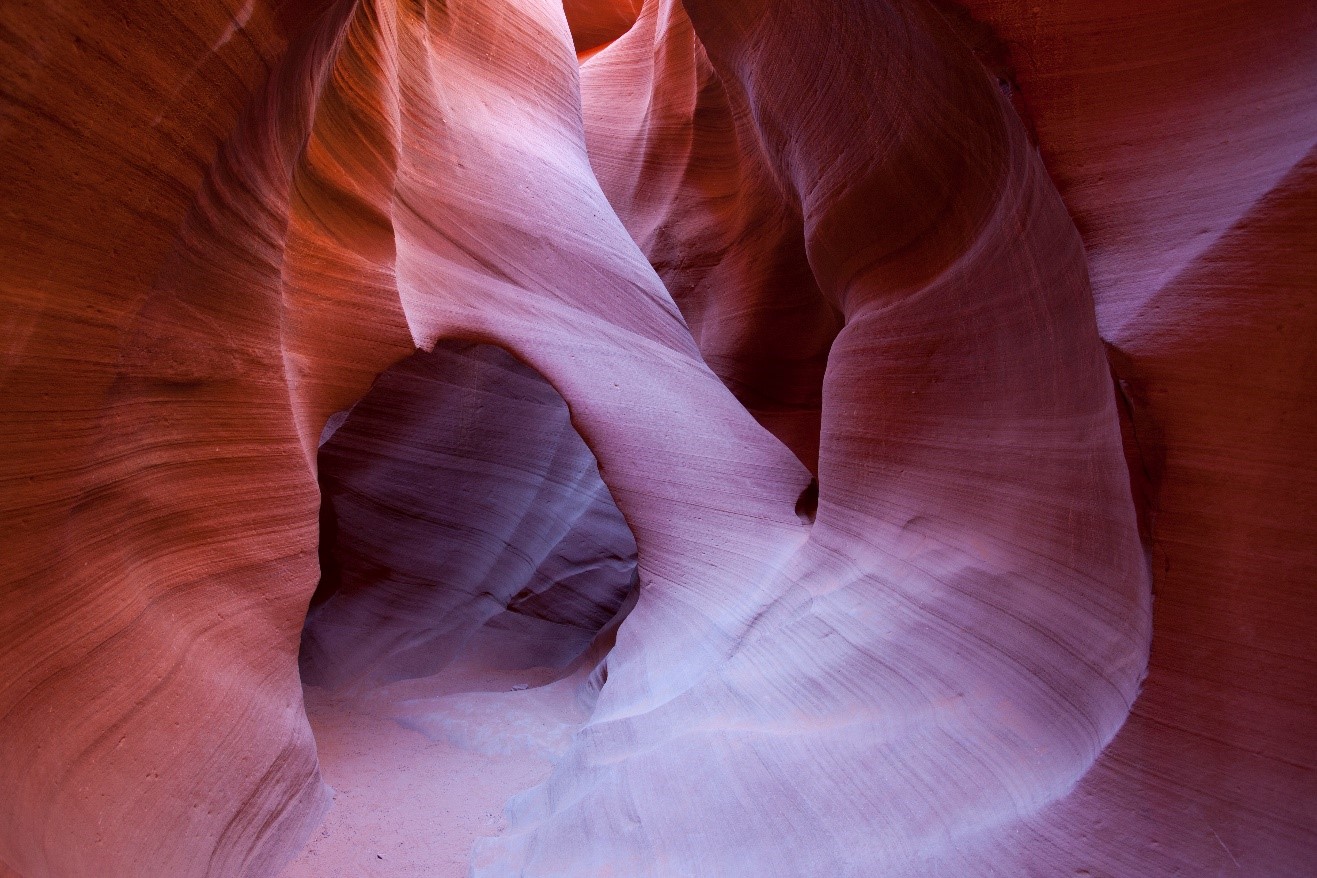
Should you start shooting in RAW?
Being able to photograph in RAW is a unique toolkit item for photographers. Simply put, it allows your photo to withstand more editing than if you were photographing in JPEG. Now, many photographers, especially those in nature and wildlife photography are not big editors. That is, many are happy with only small edits and don’t often make massive, sweeping changes. And some photographers even resent heavy editing.
However, what this does allow is for you to capture photos in conditions where you otherwise may not be able to get a shot at all. Or, the resulting shot is just too dark to be able to do anything with.
If you are on the fence about switching from JPEG to RAW, or haven’t actually heard much about the merits of RAW, it’s worth continuing below to get a primer on what it’s all about.

Photos at night, like this of the northern lights, can be particularly challenging when it comes to proper lighting. Having the ability to adjust lighting after the fact is a major asset.
Why you may want to switch to RAW
Again, the primary reason is that you’ll be able to do more edits to your photo on the computer with less deterioration of the resulting shot. You can still edit JPEGs just fine, but you’ll notice that if you start to do too much editing, the photo starts to look fake, and just plain bad. If you instead use a RAW file to edit, you’ll notice that the same incremental editing looks way more natural and you can even make significant edits, like upping the exposure of the shot, with little consequence.
The reason this is possible comes down to the data. Basically, RAW captures significantly more data per shot, whereas JPEG compresses all that data into a single takeaway file that is saved to the memory card. If you want to learn more about this aspect, check out my JPEG vs. RAW article.
So, one of the top reasons to switch to RAW is because you can edit your photos better, and get better results in your final product.
But maybe you haven’t given much thought to why you might want to edit your photos. Perhaps you’re the kind of person that wants to just get the shot out of the camera and doesn’t have the time or desire to fuss with them on the computer. This is completely okay, and is one of the main reasons to not shoot in RAW. However, for those open to the idea of editing, the instances of when you’d actually want to edit are significant and I touch on them here.
Lighting
How dark or light the photo is is the biggest thing that shooting in RAW can help with. When it comes to nature and wildlife photography, shooting in sub-optimal lighting is relatively commonplace. Dawn, dusk, stormy weather, polar twilight, and more—these are just a few examples when you might be challenged to get enough light in your photo to actually see the animal or landscape you’re trying to capture. And JPEG isn’t very tolerant versatile when it comes to lightening or darkening a shot by much.

There are many times you’ll encounter dimly lit areas, like the rain forests in Borneo. In fact, anytime you’re photographing in rain forests, light can be a challenge. Thus, being able to lighten slightly on the computer is valuable.
Saturation
My ultimate goal with photography and editing photographs is to get the resulting photo to look a much like the scene before my eyes as possible. Sometimes you may remember a certain scene being more vibrant than it actually turned out to be in the camera. Sunrises, sunsets, geologic features, verdant rain forests…the list goes on. Being able to increase the saturation of a photo after the fact is a useful tool in preserving that memory and showcasing its beauty.
Contrast
Contrast is a tricky one. Essentially increasing contrast makes the darks darker and the lights lighter. But what it actually looks like in the photo is usually a generally higher quality, crisper image. Not crisper in a sharpening sense, but more of a professional, fine-tuned look. Oftentimes your very best lenses and cameras boast “exceptional contrast,” so being able to inject this yourself in photoshop, lightroom, or similar is great.
If you have seen photoshop or other photo editing programs, you’ll see that there are MANY more edits to make besides these three. These are just some of the common things I may adjust to nearly each and every photo I take to make sure it properly reflects what I saw that day.

Dense vegetation is a classic case when upping the contrast can do wonders. Not only can it help bring out the color of the greens, but it can help minimize distractions from the highly textured leaves.
Reasons to stick with JPEG and NOT switch to RAW
Yes, I shoot in RAW, and I love the abilities it gives me. However, it’s not for everyone. One of the biggest drawbacks to shooting in RAW is that you must edit your photo in some way because RAW format isn’t readable by most devices. That is, you can’t easily email, text, or post a raw photo online—it almost always needs to be converted to JPEG first.
Thus, the benefit of increased editability comes at a cost. You can edit more, but you must edit more. Interesting how the universe works, eh?
The other issue is that RAW files take up significantly more file size than JPEG because of the immense amount of data they’re capturing. Thus, you may need to take into account digital storage, both for your camera (i.e., memory cards) as well as your own home setup.
Then the last consideration is that unfortunately not all cameras are capable of shooting in RAW. Many indeed are, but before your get your hopes up, most point and shoot cameras (except for the very advanced ones) do have the capability.

Being able to edit photos is great, but oftentimes the best shots start as great images right out of the camera.
At the end of the day…
RAW is a great tool and if you haven’t yet given it a go, it’s worth a try. As I often mention while guiding my own photo adventures, experimenting with drastic changes to your workflow on a premier photo expedition isn’t the best idea, as you may waste extraordinary photo opportunities. Sure, small steps are ideal while in the company of expert guides and photo leaders, but try and practice with the big changes ahead of time. Thus, if this article catches your eye and inspires you to try, take your camera out for a weekend photo shoot in your backyard or a nearby trail and see how you like it!
Best,

Court
Leave a reply